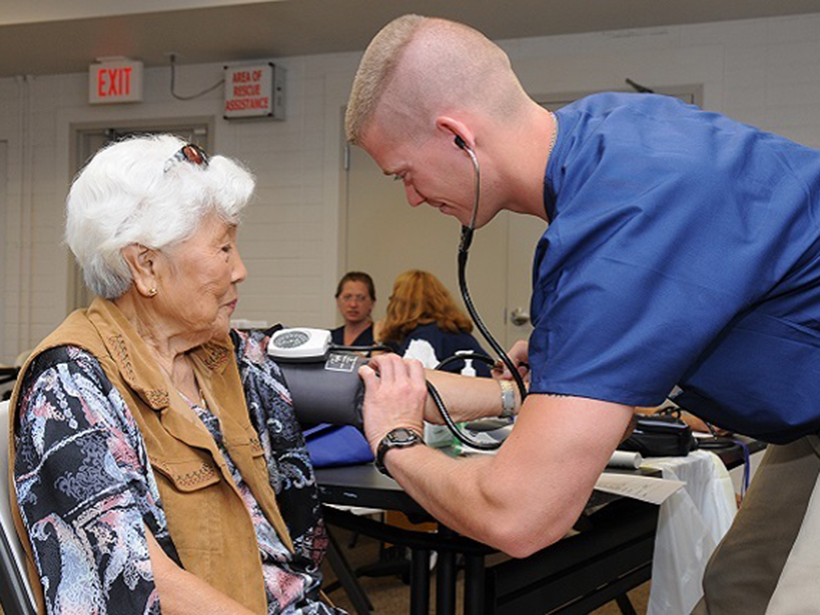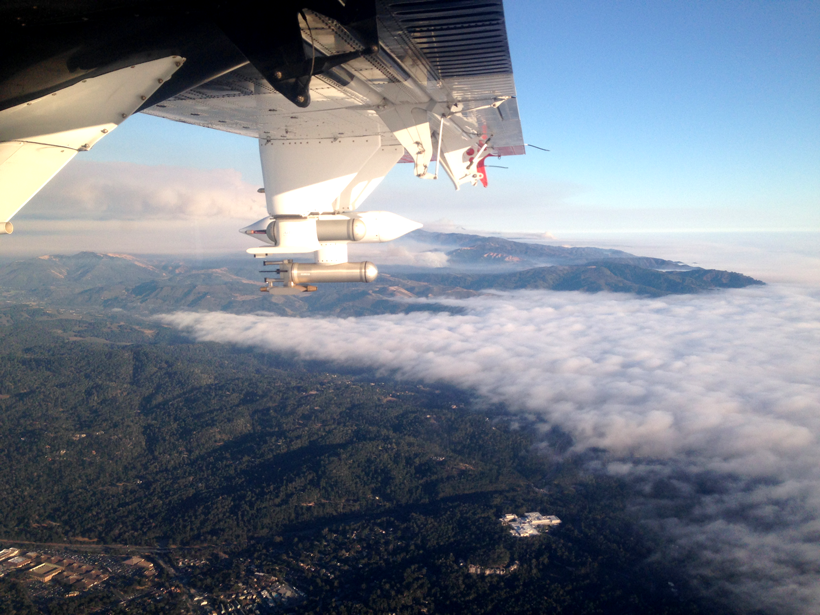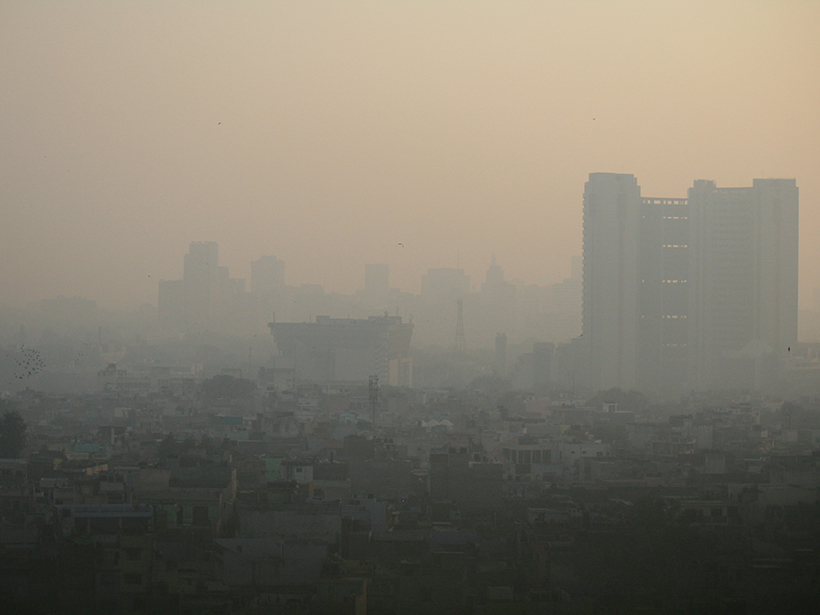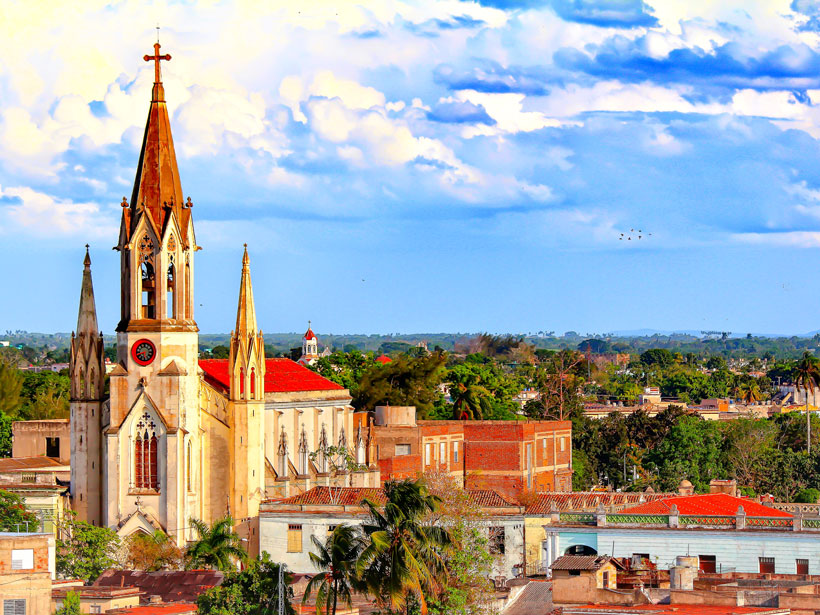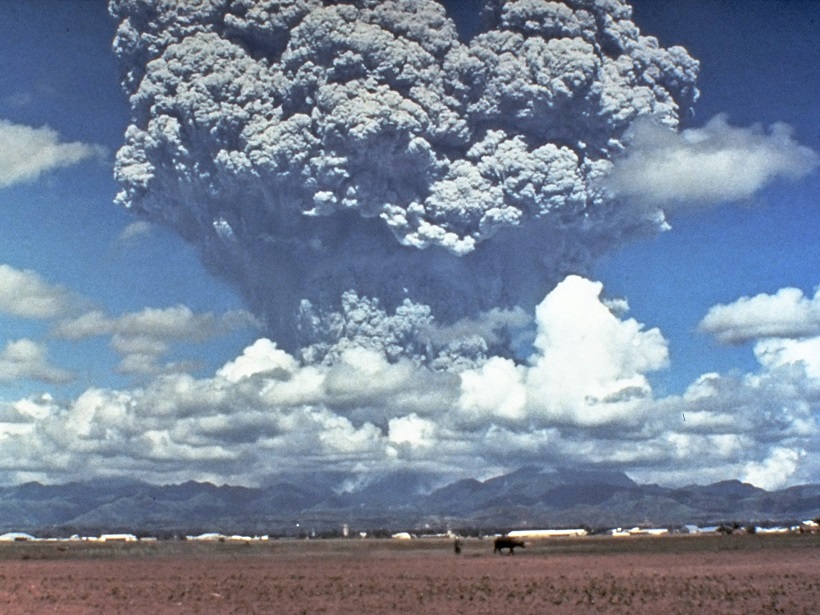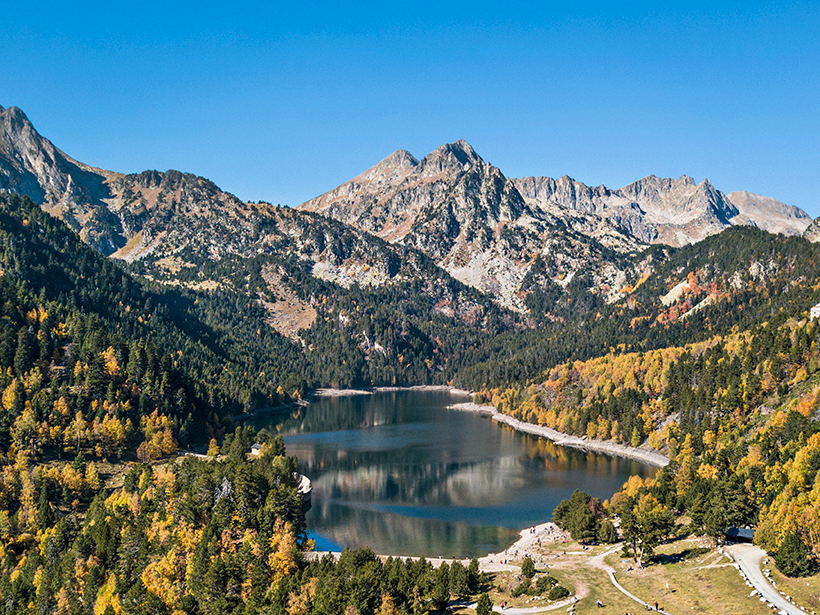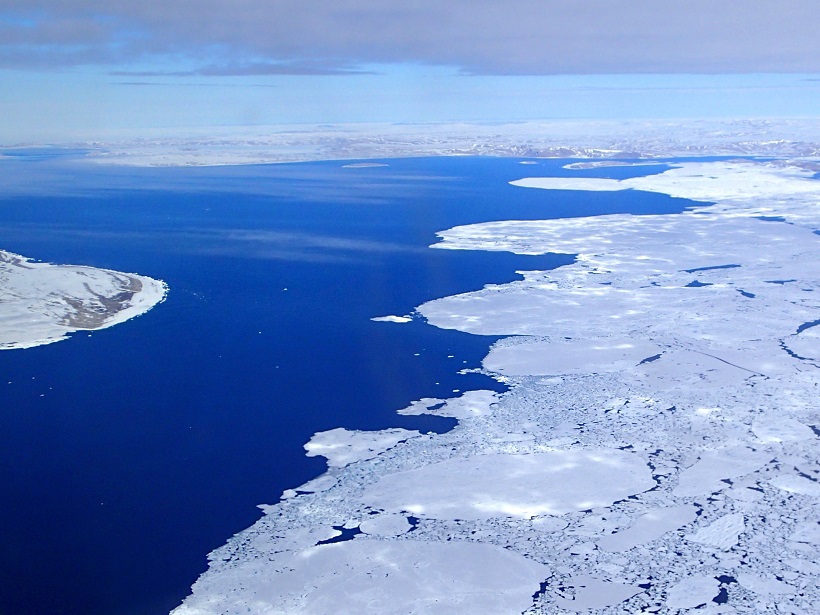New research reveals that exposure to smoky air and the particulates created in wildfires can cause increased cardiovascular and respiratory hospitalizations for people 65 and older.
aerosols & particles
Probing Wildfire Smoke Plumes Up Close
Direct observations from flights over coastal California reveal more about aerosol plumes released by burning biomass.
Aerosol Particle Size May Contribute to Varying Health Responses
Particulate matter in the atmosphere derives from industrial and environmental sources. The size of the particle determines how it deposits in the body and leads to different health challenges.
How Brown Carbon and Coatings on Black Carbon Affect Absorption
While ambient black carbon absorption is shown largely independent of coatings, distinct types of atmospheric brown carbon coexist, deriving from primary emissions and secondary processing.
Three Decades of Atmospheric Optics Research in Camagüey, Cuba
Workshop for Thirtieth Anniversary of the Grupo de Óptica Atmosférica de Camagüey; Camagüey, Cuba, 23–26 October 2018
Managing Uncertainties in Climate Engineering
Control theory and climate engineering meet in a new special issue of JGR: Atmospheres.
Invisible Wildfire Smoke Has Visible Health Impacts
Wildfires in the Pacific Northwest were linked to upticks in respiratory problems in Colorado, a new study shows.
Microbes Rain Down from Above, to the Tune of the Seasons
Every time snow or rain falls, it brings with it microbes from high in the atmosphere. Could those microbes have a seasonal signal, just like the plants on the land below?
Black Carbon Not the Primary Cause of Historic Glacial Retreat
Ice cores and glacial records reveal that European glaciers retreated before the rise of industrialization in the 1870s, suggesting that soot deposition did not primarily drive the shift.
Atmospheric Aerosol in the Changing Arctic
Warming and sea ice loss in the Arctic are affecting the complex interactions between the atmosphere, ocean, land, and ice-covered areas, including the formation and transport of aerosol.

